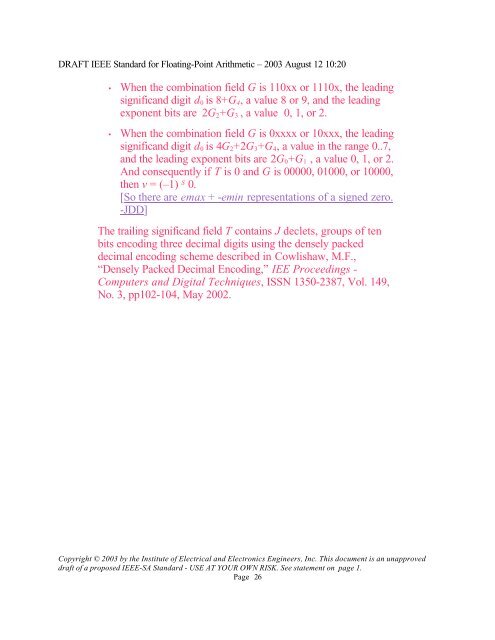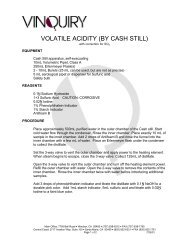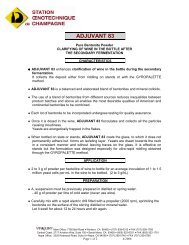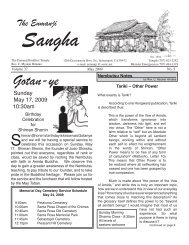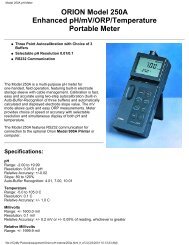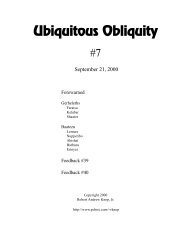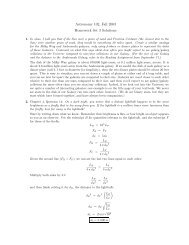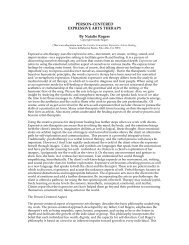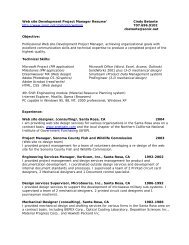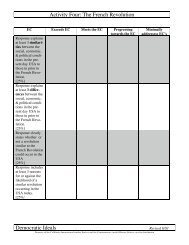DRAFT IEEE Standard for Binary Floating-Point Arithmetic - Sonic.net
DRAFT IEEE Standard for Binary Floating-Point Arithmetic - Sonic.net
DRAFT IEEE Standard for Binary Floating-Point Arithmetic - Sonic.net
Create successful ePaper yourself
Turn your PDF publications into a flip-book with our unique Google optimized e-Paper software.
<strong>DRAFT</strong> <strong>IEEE</strong> <strong>Standard</strong> <strong>for</strong> <strong>Floating</strong>-<strong>Point</strong> <strong>Arithmetic</strong> – 2003 August 12 10:20<br />
• When the combination field G is 110xx or 1110x, the leading<br />
significand digit d 0 is 8+G 4 , a value 8 or 9, and the leading<br />
exponent bits are 2G 2 +G 3 , a value 0, 1, or 2.<br />
• When the combination field G is 0xxxx or 10xxx, the leading<br />
significand digit d 0 is 4G 2 +2G 3 +G 4 , a value in the range 0..7,<br />
and the leading exponent bits are 2G 0 +G 1 , a value 0, 1, or 2.<br />
And consequently if T is 0 and G is 00000, 01000, or 10000,<br />
then v = (–1) S 0.<br />
[So there are emax + -emin representations of a signed zero.<br />
-JDD]<br />
The trailing significand field T contains J declets, groups of ten<br />
bits encoding three decimal digits using the densely packed<br />
decimal encoding scheme described in Cowlishaw, M.F.,<br />
“Densely Packed Decimal Encoding,” IEE Proceedings -<br />
Computers and Digital Techniques, ISSN 1350-2387, Vol. 149,<br />
No. 3, pp102-104, May 2002.<br />
Copyright © 2003 by the Institute of Electrical and Electronics Engineers, Inc. This document is an unapproved<br />
draft of a proposed <strong>IEEE</strong>-SA <strong>Standard</strong> - USE AT YOUR OWN RISK. See statement on page 1.<br />
Page 26


